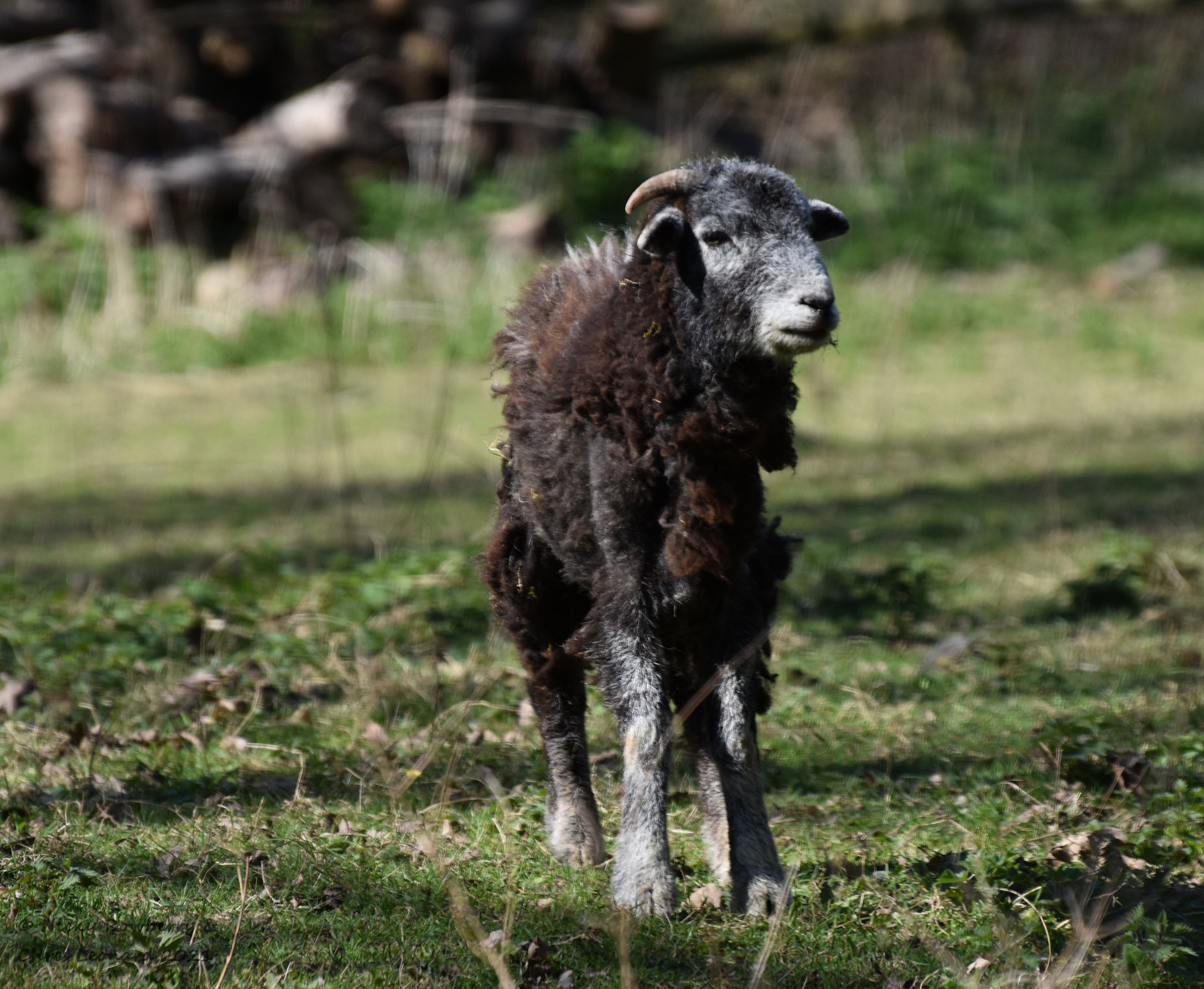Lovely weather at the weekend, so we set out with great intentions of visiting a new (to us) nature reserve. Our chosen spot was a small wood not far away – unfortunately this wood only has a tiny car park and others clearly had the same idea. With nowhere to park, we headed back to our perennial favourite – the Knapp and Papermill Nature Reserve. We didn’t manage to get there last year so it was a very welcome “Plan B”.
In the wooded areas we were treated to our first banks of bluebells for the year, looking fabulous in the dappled light.

The smell of garlic was heavy in the air in places, with banks of Wild Garlic just coming into flower.

Lesser celandines, wood anemones and primroses completed the spring flower array. A plant we don’t see so often was the Butterbur. I always think the Butterbur flowerheads look slightly alien. The leaves in the summer grow huge and were apparently used to wrap butter before the invention of fridges!

We’d hoped for some spring butterflies to complement the spring flowers and we weren’t disappointed – 6 species at least – Peacocks, Small Tortoiseshells, Commas, Holly Blues, Brimstones and Orange-Tips.

The Orange-Tips really signal spring to me. We only saw males – hard to miss with their bright orange tipped wings. They were particularly prevalent around the cuckooflowers, a favourite food for their caterpillars.

Apart from the odd bee, it was pretty much butterflies and birds that caught our attention on this visit. The birds were obvious from the start, with this female chaffinch making the most of the bird food the ranger puts out at the entrance to the reserve.

There were buzzards overhead and what I thought was some weird loud bird in the woods, until we decided it was actually a deer calling! Slightly more recognisable were the calls of blue tits and chiffchaffs, although we never actually saw the latter. We saw a pair of blackcaps, but only the female posed for a photo.

There’s a small river running through the reserve and a male mallard was busy snuffling about with his head under water looking for food.


Further upstream a Grey Wagtail was bobbing about around the weir. The weir seems to be a favourite spot for them to catch insects washed down the slope and we see wagtails here on most visits. This one was reflected beautifully in the still water above the weir.

Star of the show though has to be this Dipper – Britain’s only aquatic songbird (a beloved fact of many a Springwatch episode!). I have to admit that only Chris saw the dipper as I had been too lazy to walk down the steep steps (or more precisely couldn’t face walking back up said steps!) to that part of the river. So he got the twitcher’s tick without me.


We usually focus on the wildlife or wild plants we see, but sometimes something a bit more abstract catches the eye. The wagtails weren’t the only things reflecting in the water – we both loved the reflection of this log in the still water behind the weir. A quiet, peaceful image to finish on.

 A sunny, if cold, Easter weekend and we took advantage of the lockdown easing to get out and about for the first time this year. So we headed out to find a small nature reserve that we’d not been to before – Hollybed Farm Meadows. We drove past hordes of people heading for the Malvern Hills, but fortunately Hollybed Meadows were virtually deserted and it felt like we had the reserve to ourselves. The meadows may not be at their best until the summer probably, but now we know how to get there, we will definitely go back later in the year.
A sunny, if cold, Easter weekend and we took advantage of the lockdown easing to get out and about for the first time this year. So we headed out to find a small nature reserve that we’d not been to before – Hollybed Farm Meadows. We drove past hordes of people heading for the Malvern Hills, but fortunately Hollybed Meadows were virtually deserted and it felt like we had the reserve to ourselves. The meadows may not be at their best until the summer probably, but now we know how to get there, we will definitely go back later in the year.











